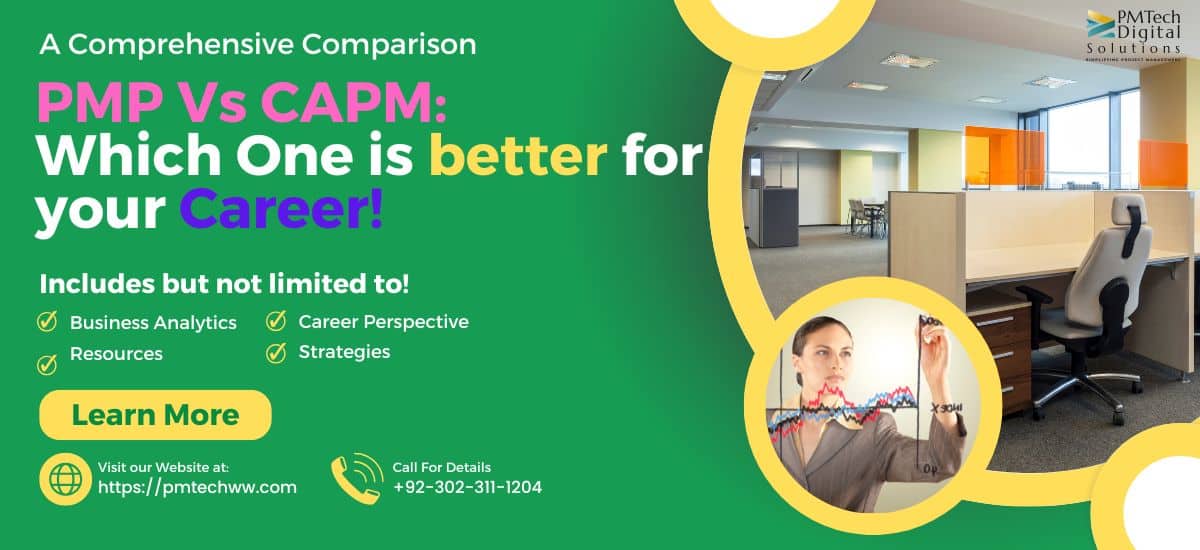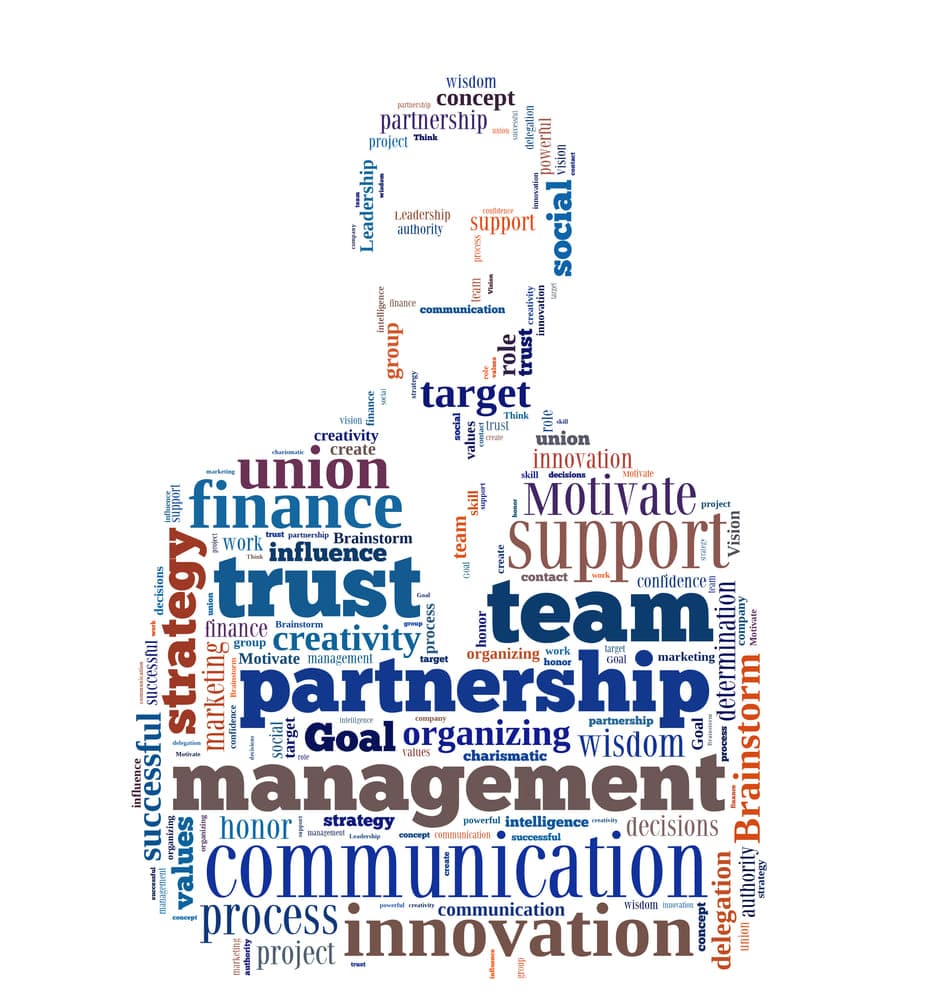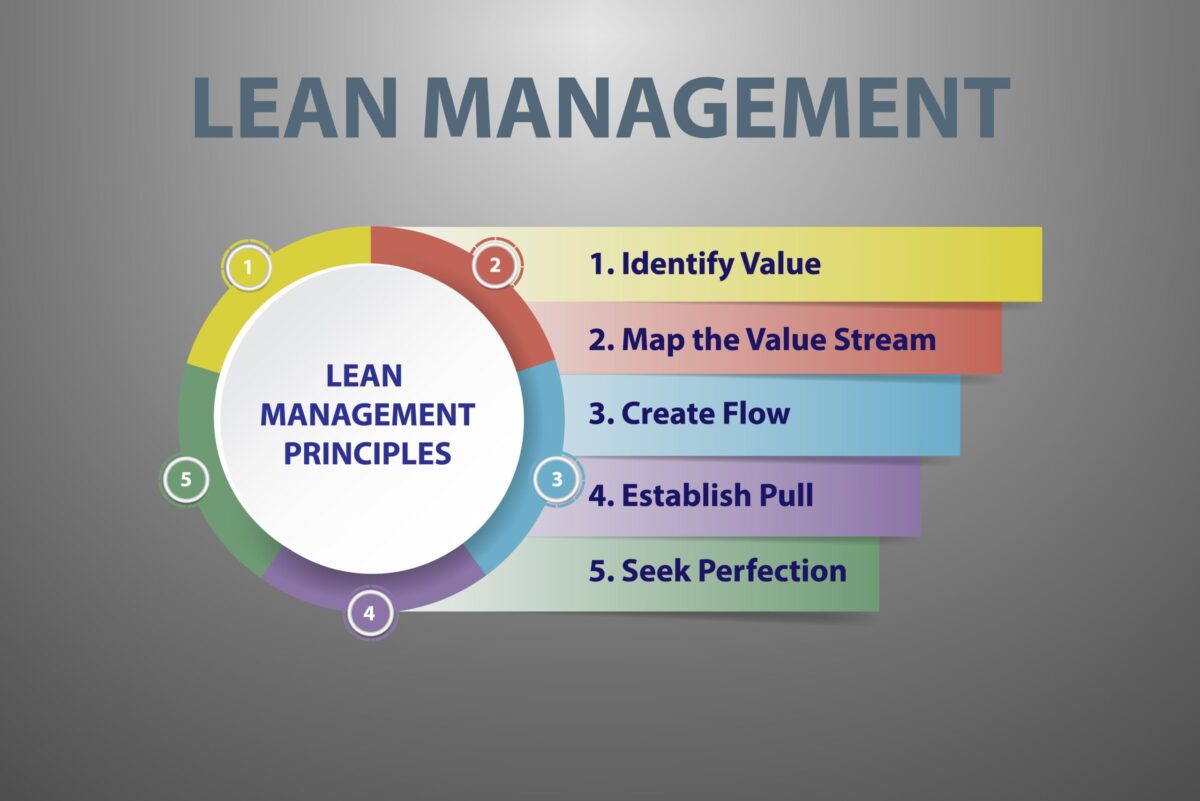What makes the successful organizations rely on project portfolio management? The value of project portfolio management is in its ability to see that many projects are spent in line with a corporate strategy, thus making the workflow leaner and decision making stronger. Project portfolio management helps the organization achieve the strategic objectives through successful project completion by aligning them with corporate strategy, thus buttressing its role in the successful completion of projects at affordable costs with efficiency. In the current dynamic business environment, PPM’s consolidation and analytical insights are vital, rather than advantageous, for leading project performance, optimizing resources, and producing value.
Key Takeaways
The Significance of Project Portfolio Management
Project Portfolio Management (PPM) has been adopted by project managers and organizations, including the Project Management Institute (PMI), as an approach used to consider the possible returns on investment for projects and should be aligned within the organization’s strategic objectives. Portfolios are management tools, which empower project managers to utilize methodologies, processes, and technologies to ensure that projects are executed in accordance with strategic goals.
The significance of PPM cannot be overemphasized that it permits for a closer alignment between the business objectives and the initiatives, improvement of the process efficacy, and supports in making decisions. In essence, this explains the reason why introducing project portfolio management can generate beneficial effects such as better project outcomes.

Aligning Projects with Business Goals
Think of attempting to direct a vessel without the help of a compass. Wouldn’t you be all at sea in no time? This is the case with projects executed without strategic coherence. PPM ensures all initiatives are aligned with the organization’s objectives and that investments that propel the organization towards its goals are given preference through a centralized management approach. That lead to a strategic clarity, to which your projects are pushed to successful end.
Streamlining Processes
However, the task of controlling multiple projects can be difficult, but the Project Portfolio Management (PPM) acts as the direction by which to follow this challenge. PPM improves project management process control through resource utilization optimization and ensuring synchronization to the business strategies, which in turn leads to a more efficient operation that eliminates redundancies.
Essentially, PPM is a universal key for efficient management of your project portfolio. It facilitates the rationalization of processes and the correct use of resources so that they can be oriented to organizational purposes. In doing so, it cuts down on complexities in the project management process and enhances its general efficiency.
Improved Decision-Making
Have you ever been lost on the sheer amount of decisions to make while doing a project? You’re not alone. Though, PPM takes away some of the burden from you. It improves decision-making with goals to make project goals be in line with the whole business strategy and more informed project selection. As a result, the risks are decreased and the potential business outcomes are maximized.
In other words, PPM gives you the instruments needed to safely and exactly pilot the maze of decision-making.
Further Reading: Mastering Portfolio Management: Strategies For Optimizing Your Investments
The Role of a Portfolio Manager
Having discussed the significance of PPM, we now shift our attention to the central person in this area, the portfolio manager. The project managers assess potential projects, manage the available resources, and track the project activities to ensure that the project aligns with the business objectives. They tend to play like polished tacticians who cunningly place their pieces on the chessboard, which later leads to a checkmate.
Evaluating Potential Projects
As a portfolio manager, it is your primary duty to evaluate potential projects. This requires analyzing the following factors for each project:
In many ways, being a portfolio manager resembles that of a talent scout, constantly seeking out promising opportunities and ensuring they have the necessary resources to thrive.

Allocating Resources
One of the major responsibilities of portfolio managers in the control of project portfolios is resources allocation. They control the optimal distribution of resources among different projects by using techniques such as Resource Leveling as well as the Critical Path Method. It requires an acumen that prevents either over allocating or underutilizing resources to each project within the portfolio.
Monitoring Project Performance
Portfolio managers, like air traffic controllers, role is to manage all projects and programs in a coordinated manner so that they may all be completed successfully. In addition, they should track project performance against business objectives, collecting information for regular portfolio health checks.
Market trends are followed during all stages of the project, from initiation to termination, which may affect project results. This allows them to act as guides during every step of a project’s journey towards its ultimate destination: meeting predetermined goals while remaining on budget and time.
Key Components of an Effective Project Portfolio Management Process
PPM is like a well-oiled machine where each of its parts has a very important contribution to the successful delivery of the project. These are risk management, demand management, and project selection.
Each of these aspects will be analyzed. To appreciate their value in the PPM context. The first is risk management, which includes risk identification and also its efficient risk mitigation strategies. After this step is demand management which involves the identification of what is achievable in line with the resources available and matching the projects with the organization’s objectives. Finally, we have the process of the process.

Project Selection
The first stage in the process of PPM is project selection, which is comparable to the story of when one has to sieve through a mine to hit the nuggets of gold. Project managers conduct a thorough evaluation of projects which include their value in potential, the risks involved and the degree to which they are applicable to the organization. This ensures that only the most worthy projects are selected for prosecution.
Project selection is in the end all about resource allocation with strategic emphasis on the highest returns. That is, it requires the detailed analysis of the most efficient means of time and money investment for the realization of an organizations objectives.
Demand Management
After selecting the projects, the next task is to manage their demand. This includes:
This process can be compared to managing a buffet.
Risk Management
Good risk management is a vital property of project portfolio management. The main purpose is to recognize, appraise and control probable threats across the whole project portfolio so as to reduce disruptions. Look at it as a security blanket in which the successful implementation of the project is held in, ensuring that any potential obstacles do not interfere with the project of such a nature. An advanced risk management planning is very essential to balance out and define the success of your entire project portfolio.
Further Reading: Risk Management: Ultimate Guide to Navigating Uncertainties
Benefits of Implementing Project Portfolio Management Solutions
It can be likened that PPM solutions become part of your project management arsenal and it is like a versatile tool, such as a Swiss Army knife. These instruments offer different benefits such as advanced teamwork, better tracking attributes, and higher returns on investment.
In order to consider these advantages, we will look at each of them individually.

Increased Visibility
Project Portfolio Management (PPM) solutions provide organizations a holistic overview of their project’s progression, risk factors, and the distribution of resources. This gives the decision makers important information that guides them in making decisions. It could also be compared to an aerial view of all the projects thus enabling strategic decisions to be made in accordance to the big picture presented.
Enhanced Collaboration
Promotion of a culture of teamwork among project teams is one of the major benefits of using PPM solutions. They provide a central point for both communication and coordination, removing departmental barriers and orienting everyone towards the same objectives.
It is as having an online conference room, where each member has the opportunity to collaborate and contribute in achieving project goals.
Improved ROI
PPM solutions can improve ROI significantly. If PPM solutions ensure that projects are aligned with business goals, resources are allocated effectively, and risks are proactively managed then PPM solutions can lead to substantial financial benefits.

Overcoming Challenges in Project Portfolio Management
Similarly, PPM has its problems. Challenges that the implementation of PPM might bring to organizations include dealing with excessive number of projects, ensuring alignment with organizational strategy and coping with changes. By using suitable strategies and approaches, these challenges can be overcome.
Managing Project Overload
Project overload is one of the major challenges in PPM. This can be likened to juggling too many balls at the same time in the end some of them will have to fall. However, project overload can be managed by effectively prioritizing projects and allocating resources suitably.
Aligning Organizational Strategy
One of the possible challenges is to harmonize projects with the general organization strategy. The key issue here is to ensure that all projects are aligned with the major goals of the company. This is almost akin to solving a jigsaw puzzle – where each piece (project) should align perfectly with the overall picture (organizational strategy).
Adapting to Change
In the ever-changing landscape of project management, one constant remains: The change demography. For a company to succeed in this situation, it needs to be agile an adaptable in changing their project plans and resources to varied priorities and market drivers.
Best Practices for Implementing Project Portfolio Management
Having dealt with the intricacies of PPM, it is now crucial to explore efficient approaches for the implementation of this framework. The preferred approaches include an elaboration of the goals and objectives, creation of collaborative environment, and the employment of instruments that prioritize data analysis.
Establishing Clear Goals and Objectives
The process of setting specific goals and objectives is like putting a destination into your GPS, it gives a fixed path for your projects to follow. It is important that the targets are in line with the organizational strategic aims so that the potential of each project is fully utilized and the objectives are achieved, hence, overall success.

Building a Collaborative Culture
Teamwork is sustaining due to it facilitates a cooperative work culture in which communication is easily through project teams. This develops the same perception of the project objectives, and in turn, makes the actualization process of the projects more effective.
Leveraging Data-Centric Tools
Data-driven tools can enhance PPM substantially by enabling to understand the project performance, risk management and resource allocation. These decisions which are based on information and knowledge finally result in higher rates of success for organizations.
Summary
Organizations with multiple projects can greatly benefit from Effective Project Portfolio Management. PPM delivers several benefits ranging from assuring project alignment with business objectives and simplifying processes to improving decision-making abilities and solving problems. The successful implementation depends on the understanding of portfolio management, the part of a portfolio manager in this process, key components for productive PPM strategy, and appropriate tools for its implementation. Although it may appear difficult at first, the correct methodology and tools will make your project portfolio as cost-effective as possible.
Frequently Asked Questions
Why is project portfolio management important?
Portfolio management for projects is crucial as it assists enterprises in identifying suitable project initiatives that correspond with their objectives and resources. It establishes a clear framework to guide the selection of appropriate ventures within a project portfolio.
What is the primary goal of project portfolio management?
The core purpose of project portfolio management is to create a warehouse for the relevant and detailed information visibility, resources allocation, threats anticipation, and the control of balanced and targeted portfolio. This ensures the achievement of general organization goals.
Project portfolio management aims to achieve one source that embraces all required information on visibility, resource utilization & optimization strategies, risk assessment methods and project management.
Which of the following are benefits of project portfolio management?
Project portfolio management offers benefits such as aligning project goals with business strategy, improving project selection processes, gaining a clearer view of long-term objectives, and efficiently using resources.
This approach also fosters collaboration and provides accurate project performance data.
What role does a portfolio manager play in Project Portfolio Management?
Portfolio managers play a critical role in Project Portfolio Management by evaluating potential projects, allocating resources, and ensuring alignment with business goals.
This is essential for successful project portfolio management.














12 Responses
I like what you guys are up also. Such intelligent work and reporting! Carry on the excellent works guys I have incorporated you guys to my blogroll. I think it will improve the value of my web site :).
After study a few of the blog posts on your website now, and I truly like your way of blogging. I bookmarked it to my bookmark website list and will be checking back soon. Pls check out my web site as well and let me know what you think.
Thanks for sharing. I read many of your blog posts, cool, your blog is very good.
I don’t think the title of your article matches the content lol. Just kidding, mainly because I had some doubts after reading the article.
Thanks for sharing. I read many of your blog posts, cool, your blog is very good. https://accounts.binance.com/en-NG/register?ref=JHQQKNKN
The significance of PMP exam questions cannot be overemphasized that it permits for a closer alignment between the business objectives and the initiatives, improvement of the process efficacy, and supports in making decisions. In essence, this explains the reason why introducing project portfolio management can generate beneficial effects such as better project outcomes.
If you pop NSAIDs on the run—particularly with out much meals in your gut to
protect it—you run the danger of gastrointestinal bleeding, Smith says.
Many manufacturers have swapped pseudoephedrine out of decongestants,
relying as a substitute on an ingredient referred to as phenylephrine, which
yow will discover in products like Sudafed PE.
They don’t at all times work as properly at relieving congestion, however they pose fewer risks to your heart, says Smith.
Utilizing steroids for a very lengthy time can lead to critical issues like hypertension and coronary heart
illness. This reveals that there are safer ways to get stronger and greater without using these varieties
of gear. In this post, we’re going to take a look at
a number of the best authorized steroids for runners which are out there
now. Those that face the best impression of a strict anti-drug coverage are race directors and the
athletes. It’ll finally be their voice that dictates the discussion of whether drug testing at extra ultras should happen or
not. The listing for positive checks in monitor and area and highway working is long and growing.
In 2013, The New York Instances printed an article that indicated, “Far extra athletes are doping than may be imagined.”
The article shared that during 2010 lower than 2% of the drug checks
carried out by WADA got here again optimistic.
Maybe EQ’s foremost mechanism of action is its ability to
extend pink blood cell depend significantly. All anabolic steroids will
improve pink blood cells to a level, however EQ is thought to be some
of the highly effective in this regard – therefore
its capability to switch more oxygen to the muscular
tissues and enhance endurance. Equipoise has such a strong ability to spice up purple blood cell depend
that this will become an issue and is something
you should intently monitor whereas using this steroid. Many anabolic top rated legal steroids [https://brickobotik.de] have
reliable uses in treating muscle-depleting ailments like most cancers,
lack of testicular perform, delayed puberty, or low purple blood cell rely.
In most nations, clenbuterol is classified as a prescription drug and is unlawful to make use of and
not using a legitimate prescription. When utilizing Clenbuterol for working,
it’s sometimes beneficial to take it in the morning to
keep away from interference with sleep patterns. The half-life
of Clenbuterol is approximately 35 hours, which means that it could
stay in the physique for an prolonged time period.
There is no commonplace dosage of Clenbuterol for working, as
it can differ depending on particular person elements corresponding to age, weight, and fitness level.
Nevertheless, a typical beginning dose for Clenbuterol is 20mcg per day,
with a maximum dose of 120mcg per day. Clenbuterol has additionally been proven to enhance lung operate in asthmatic sufferers.
These big adjustments affect not solely our hormones but our core structure and how we naturally function and I suppose that
often performs a component,’ says O’Leary. Although hip bursitis can affect anyone,
it is more common in women and middle aged or older folks.
The cause for that is unknown but O’Leary suspects it may be
as a outcome of girls (generally) weight practice much less and have way more hormonal modifications, than men.
It can be utilized for bulking or chopping, where it’s excellent at serving to retain lean muscle.
You can, due to this fact, stack Boldenone with other steroids that fit your particular objectives, whether they be cutting, mass features, or efficiency enhancement.
Equipoise reaches its highest ranges in the blood within three to 4 days of taking the injection. This steroid has a long half-life and slow-release ester, which takes
three weeks or so to release the hormone utterly into the body.
This signifies that to see the maximum effects
of EQ, you have to use it for a minimum of eight weeks, as its actions take a while to kick in. Even higher is every week cycle of EQ to take advantage of what this steroid can ship.
Winstrol is taken into account a seashore physique steroid, with it rapidly reducing a user’s physique fats percentage whereas additionally
possessing diuretic effects (due to an absence of aromatization).
Winstrol (stanozolol) is the second most widely used
oral steroid (after Dianabol) and is predominantly
used as a chopping agent. Dianabol is much like Anadrol in phrases of its results; in our experience, it’s a powerful muscle-building agent that additionally shows
hepatotoxic and estrogenic traits. Anadrol, like Superdrol, could be very hepatotoxic, causing excessive AST (aspartate transaminase) and ALT (alanine
transaminase) levels in our liver operate exams (3). Our patients have efficiently decreased hepatic injury by supplementing with TUDCA (tauroursodeoxycholic acid).
The identical holds true for short-term prescriptions or over-the-counter treatments—knowing the dangers can help you resolve whether it’s
worth the advantages of taking them, and if that is the case, tips on how to
know when to cease, Smith says. Anavar, despite
being an oral steroid, isn’t the most liver-toxic anabolic steroid.
This is as a outcome of kidneys processing much of the compound, and thus TUDCA can scale back strain on the organ.
It may take time for the physique to readjust and resume its natural hormone manufacturing.
In some cases, hormone substitute remedy
may be required to revive hormonal steadiness and mitigate withdrawal symptoms.
One of the most important concerns with steroid use is the disruption of hormonal stability in the body.
Steroids can suppress the natural manufacturing of hormones
corresponding to testosterone, leading to a hormonal imbalance.
This may end up in decreased testicular perform, infertility,
and the event of female characteristics in males.
I don’t think the title of your article matches the content lol. Just kidding, mainly because I had some doubts after reading the article.
Your point of view caught my eye and was very interesting. Thanks. I have a question for you. https://www.binance.com/register?ref=P9L9FQKY
70918248
References:
medical uses of anabolic steroids (Florian)
I truly appreciate this post. I have been looking all over for this! Thank goodness I found it on Bing. You’ve made my day! Thx again
What i don’t realize is actually how you are no longer actually a lot more neatly-favored than you may be right now. You are very intelligent. You realize thus significantly in relation to this subject, made me in my view believe it from so many numerous angles. Its like men and women don’t seem to be involved until it¦s something to do with Lady gaga! Your individual stuffs excellent. At all times care for it up!